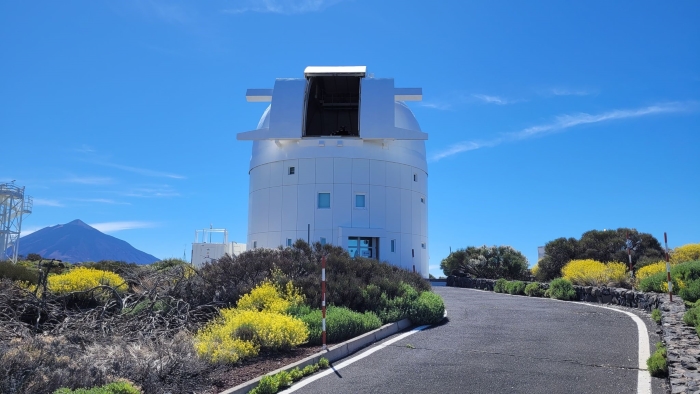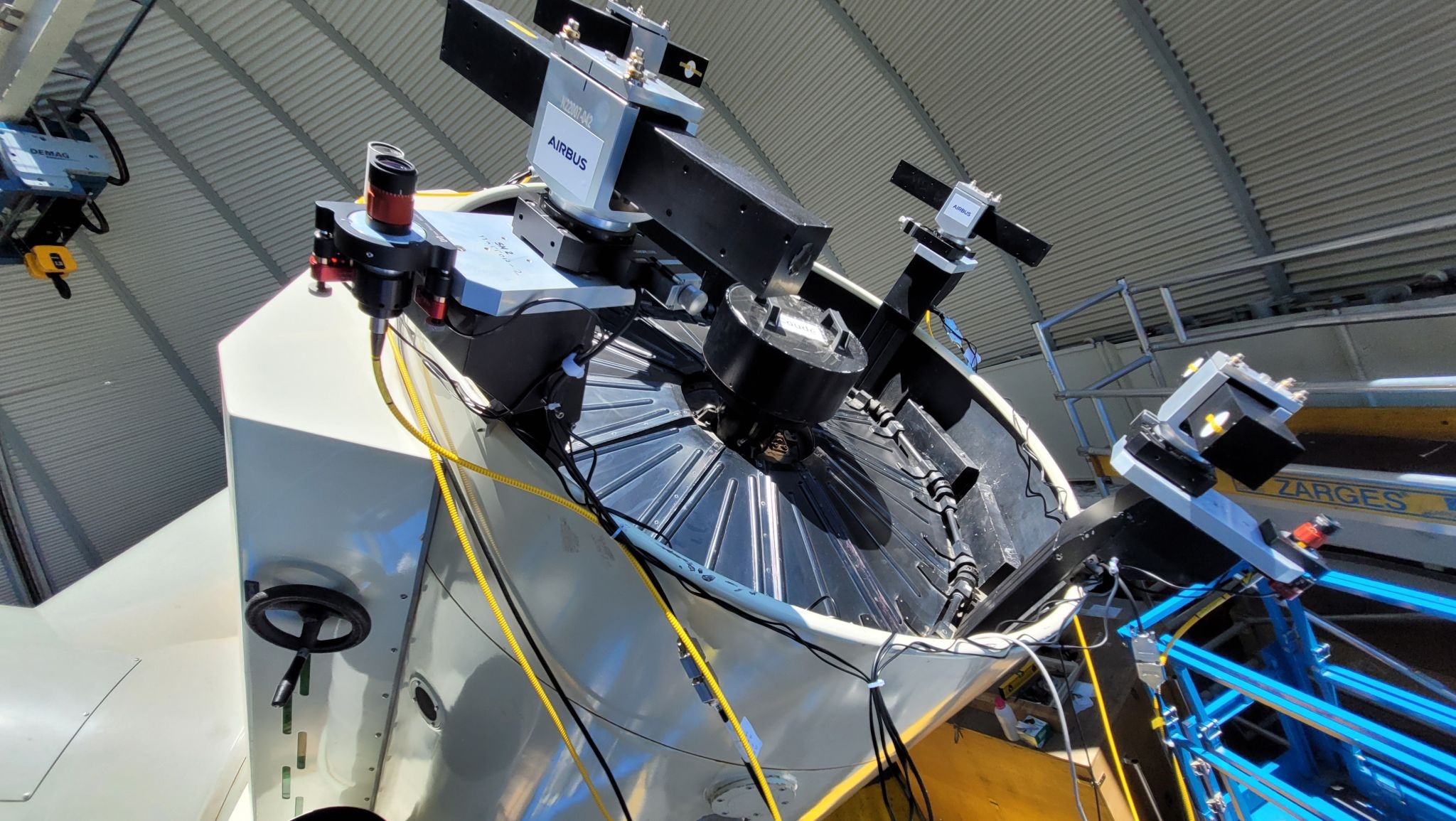In-orbit optical downlink demonstration paves the way for laser satellite communications

CREOLA is exploiting the TELEO terminal, developed by a European consortium primed by Airbus Defence and Space in France, under the support of the French Space Agency (CNES) in the frame of DYSCO programme
The CREOLA project’s aim is to design, build and test configurations for an OGS, playing a crucial role in laser satellite communications and acting as the terrestrial endpoint for the transmission and reception of optical signals to and from satellites. Bringing together industry from the Netherlands, Austria and Switzerland, the project is working to meet the challenges of increased demand in data capacity. These demands will be addressed by CREOLA through optical communication, allowing users to send more data, and much more securely.
Optical ground stations are becoming increasingly important for governmental services, with the need for secure and reliable data transmission rising. The OGS will also offer businesses and societal opportunities, from supporting broadcasting and internet services to offering businesses high-speed data migrations and cloud platform-based applications.

CREOLA's success of the in-orbit demonstration now provides Airbus NL with the blueprint for future OGS products, enabling future technologies and applications to benefit from the project’s achievements. The achievements in the demonstration have provided a crucial basis for robust and reliable pointing, acquisition and tracking during various atmospheric conditions. These are crucially important for optical feeder links which require very high-link availability to ensure operational continuity and performance. Findings from the demonstration included the validation of a bi-directional space-ground-link and atmospheric model predictions which will optimise the future OGS product to enable real impacts for businesses and daily lives on Earth.
“ESA is proud to be working with our industry partners, led by Airbus Netherlands, to be playing a critical role in the future of laser satellite communications," said Harald Hauschildt, Head of ESA’s Optical and Quantum Communications Office. “By developing these capabilities today, via CREOLA and other ESA activities, we are ensuring Europe continues its technological leadership and industrial competitiveness on the global stage.”
“This in-orbit demonstration validates Airbus NL and its partners’ ability to build advanced Optical Ground Stations for high-throughput data communications," says Sytze Kampen, Head of Technology at Airbus Netherlands. "The results enable us to further optimise the system architecture and scalability of our LaserPort OGS portfolio."
The CREOLA project is part of ESA Connectivity and Secure Communications directorate’s Optical and Quantum Communications - ScyLight, falling under the Advanced Research in Telecommunications Systems (ARTES) programme. You can find out more about the work it’s doing by visiting the home page.
You can read more about the CREOLA project on the Airbus NL website project page.


